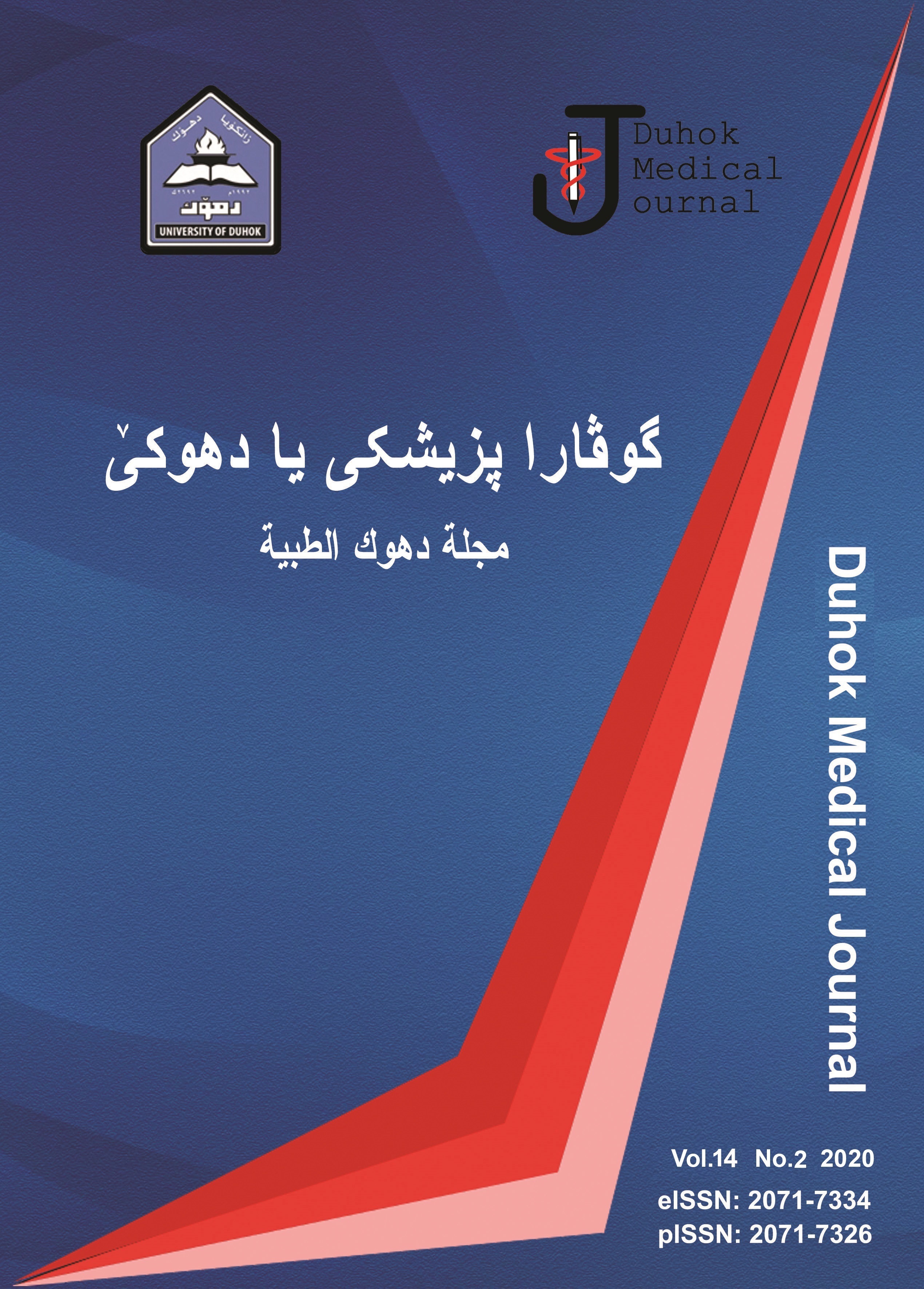LAPAROSCOPIC PARTIAL NEPHRECTOMY IMPACT OF SURGEON'S LEARNING CURVE ON THE PERIOPERATIVE TRIFECTA
Abstract
https://doi.org/10.31386/dmj.2020.14.2.1
Background: Laparoscopic partial nephrectomy is at the high end of surgical refinement in laparoscopic urology, with significant technical challenges associated with the operation. We aim to assess the learning curve impact of a single surgeon on the perioperative outcomes, manifested by the previously described trifecta.
Methods: A retrospective review of records of 142 consecutive patients who underwent laparoscopic partial nephrectomy during the three years between March 2014 and March 2017. All cases were performed by a single surgeon at a tertiary center, Belfast City Hospital. The further patient analysis was done according to their demographics and renal nephrometry score. The impacts of the surgeon's experience on the perioperative outcomes were assessed retrospectively, as manifested by the trifecta (ischaemia time <25 min, negative surgical margins, and no surgical complications) using multivariable regression. The outcomes for cases 42–92 (Group-1) were compared with those for cases 93–142 (Group-2). StatsDirect was used for the statistical analysis. A paired t-test was used to compare the outcomes in both groups. A p-value ≤ 0.05 was considered statistically significant.
Results: There was no significant difference in patients' demographics nor renal scoring system (p=0.09 and 0.4, respectively). There was also no significant difference in perioperative blood loss (p=0.24, 95% CI: 0.4 to 0.7). Warm ischemia time (WIT) was significantly less in Group-II (p=0.043). There was no significant difference in the positive surgical margins in the two groups (p=0.63). Perioperative urine leak was significantly higher in group-1 (p=<0.001). The median hospital stay was similar in both groups. At three months of follow up, the renal function, manifested by estimated glomerular filtration rate (eGFR), was stable. No patient needed renal replacement therapy.
Conclusion: Laparoscopic partial nephrectomy represents a steep learning curve. There is an improvement in the perioperative outcomes, mainly in terms of urine leak. However, the learning curve plateau is yet to be reached at the number of cases assessed. More cases are needed to be evaluated, and longer follow-up would be helpful.
Downloads
References
2. Osaka K, Makiyama K, Nakaigawa N, Yao M. Predictors of trifecta outcomes in laparoscopic partial nephrectomy for clinical T1a renal masses. Int J Urol. 2015 Nov; 22(11): 1000-5.
3. Pavan N, Derweesh IH, Mir CM, Novara G, Hampton LJ, Ferro M, et al. Outcomes of Laparoscopic and Robotic Partial Nephrectomy for Large (>4 Cm) Kidney Tumors: Systematic Review and Meta-Analysis. Ann Surg Oncol. 2017 Aug; 24(8): 2420-8.
4. Abdelhafez M, Bastian A, Rausch S, Stenzl A, Bedke J, Kruck S. Laparoscopic versus Open Partial Nephrectomy: Comparison of Overall and Subgroup Outcomes. Anticancer Res. 2017 Jan; 37(1): 261-5.
5. Cordier J, Neisius A, Thomas C, Hampel C, Thüroff JW, Brenner W, et al. Perioperative Outcomes in Correlation to the Learning Curve for Robotic Assisted Partial Nephrectomy: The First 109 Cases of our Clinic. Aktuelle Urol 2015 Nov; 46(6): 461-6.
6. Hung AJ, Cai J, Simmons MN, Gill IS. "Trifecta" in partial nephrectomy. J Urol. 2013 Jan; 189(1): 36-42.
7. Paulucci DJ, Abaza R, Eun DD, Hemal AK, Badani KK. Robot-assisted partial nephrectomy: continued refinement of outcomes beyond the initial learning curve. BJU Int. 2017 May; 119(5): 748-54.
8. Xie Y, Ma X, Gu L, Li H, Lv X, Gao Y, et al. Associating the learning curve and tumor anatomical complexity with the margins, ischemia, and complications rate after robot-assisted partial nephrectomy. Int J Surg. 2016 Dec; 36(Pt A): 219-24.
9. Ficarra V, Rossanese M, Gnech M, Novara G, Mottrie A. Outcomes and limitations of laparoscopic and robotic partial nephrectomy. Curr Opin Urol. 2014 Sep; 24(5): 441-7.
10. Zargar H, Khalifeh A, Autorino R, Akca O, Brandão LF, Laydner H, Krishnan J, Samarasekera D, Haber GP, Stein RJ, Kaouk JH. Urine leak in minimally invasive partial nephrectomy: analysis of risk factors and role of intraoperative ureteral catheterization. Int Braz J Urol. 2014 Nov-Dec; 40(6): 763-71.






